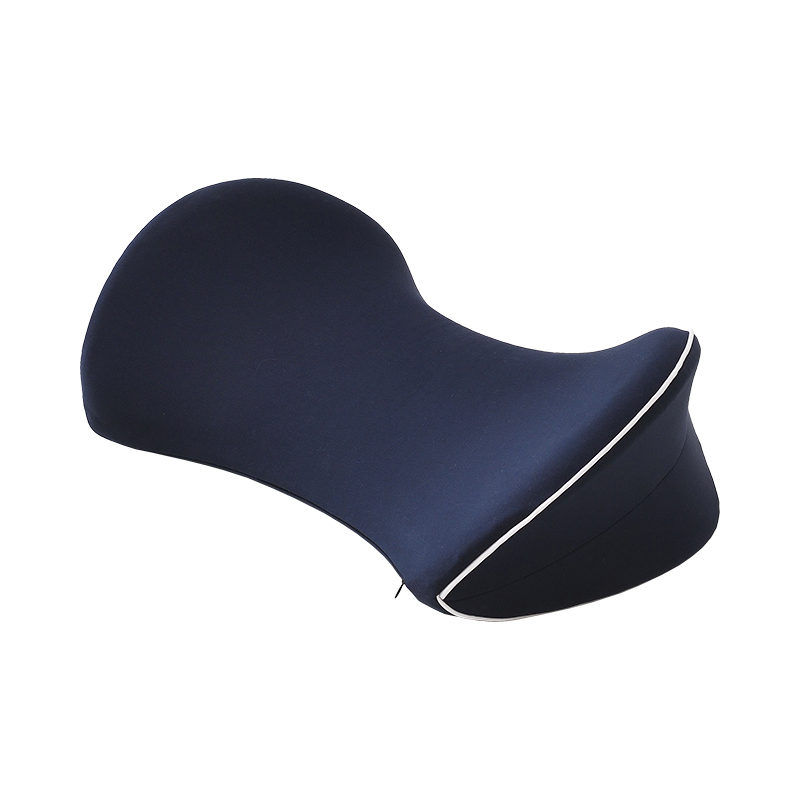Memory foam provides support to the back through its unique viscoelastic properties and ability to conform to the body's contours. Here's how
memory foam back cushionoffers support to the back:
Contouring to Body Shape:
Memory foam is designed to respond to body heat, becoming more pliable and conforming to the natural curves of the body.
When a person sits or lies on memory foam, it molds to the specific shape of their back, creating a custom and supportive surface.
Pressure Point Relief:
Memory foam evenly distributes body weight across its surface, reducing pressure points.
By contouring to the back's unique shape, memory foam helps relieve stress on key pressure points, such as the spine, shoulders, and hips.
Alignment of the Spine:
The contouring effect of memory foam supports the natural alignment of the spine.
By adapting to the curvature of the spine, memory foam helps maintain a neutral spine position, which is crucial for back health.
Lumbar Support:
Memory foam back cushions are often designed with specific contours, including a pronounced lower curve to support the lumbar region.
Lumbar support helps maintain the natural inward curve of the lower back, providing additional support where it is needed.
Even Weight Distribution:
Memory foam's ability to distribute body weight evenly helps prevent concentrated pressure on any one area of the back.
This even weight distribution contributes to a more comfortable and supportive experience.
Adaptable Support:
Memory foam's viscoelastic nature allows it to adapt to changes in body position.
As the user moves or shifts, the memory foam provides continuous support by adjusting to the new contours and maintaining contact with the back.
Reduced Motion Transfer:
Memory foam's ability to isolate and absorb movement minimizes motion transfer across the surface.
This feature is particularly beneficial for shared seating or sleeping surfaces, as it prevents disturbances caused by one person's movements affecting another.
Customized Comfort:
Memory foam back cushions offer a personalized and comfortable experience by conforming to the unique shape and preferences of the user.
The support provided is tailored to the individual's body, promoting a sense of comfort and relaxation.
Long-Term Resilience:
While memory foam is soft and conforming, it also has a degree of resilience that allows it to provide consistent support over time.
The foam returns to its original shape after use, ensuring long-term durability and support.
Versatility in Use:
Memory foam back cushions are versatile and can be used in various seating environments, including office chairs, car seats, and furniture.
Their adaptability makes them suitable for individuals seeking back support in different settings.
It's important to choose memory foam back cushions with the right thickness, contouring, and density to match individual preferences and specific support needs. The effectiveness of memory foam support may vary based on the quality and design of the product.
